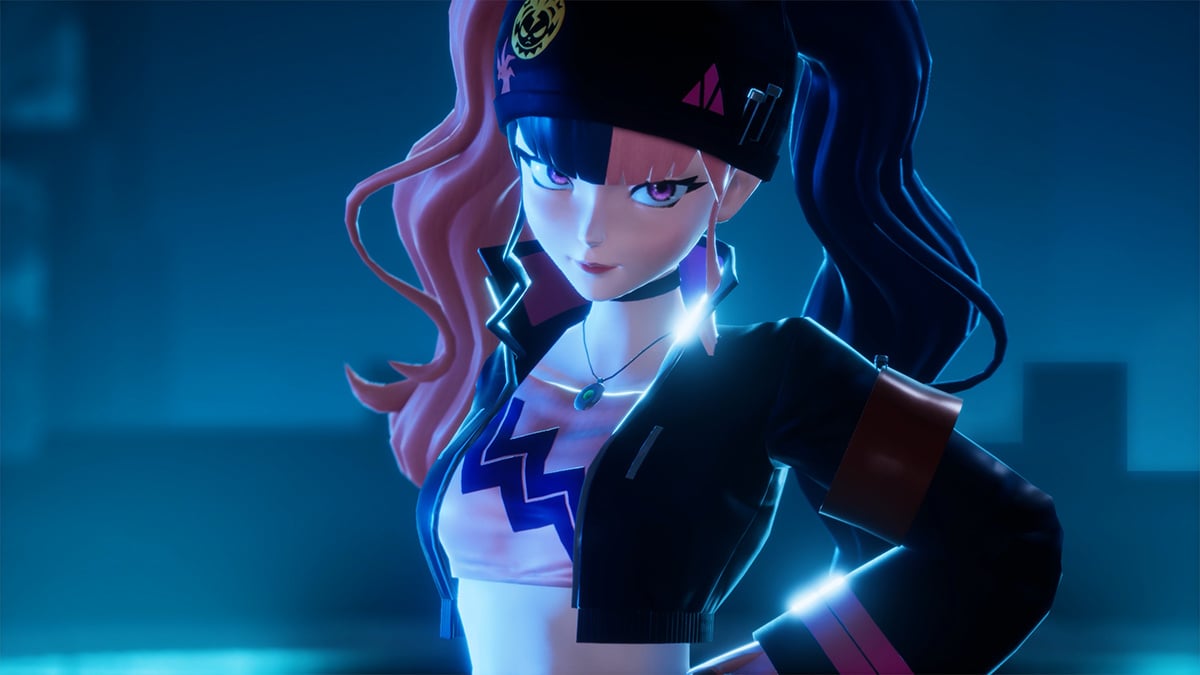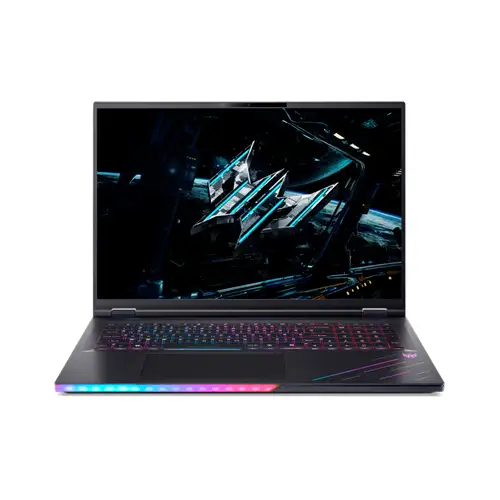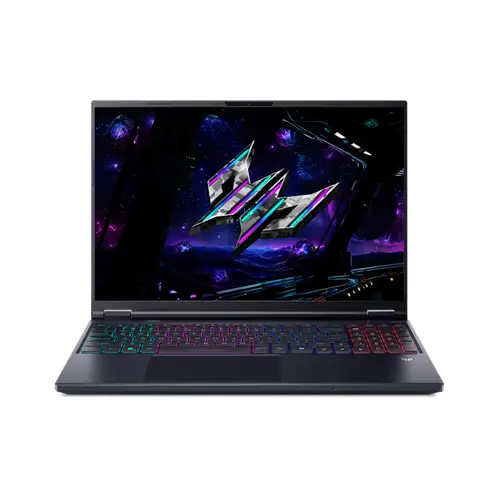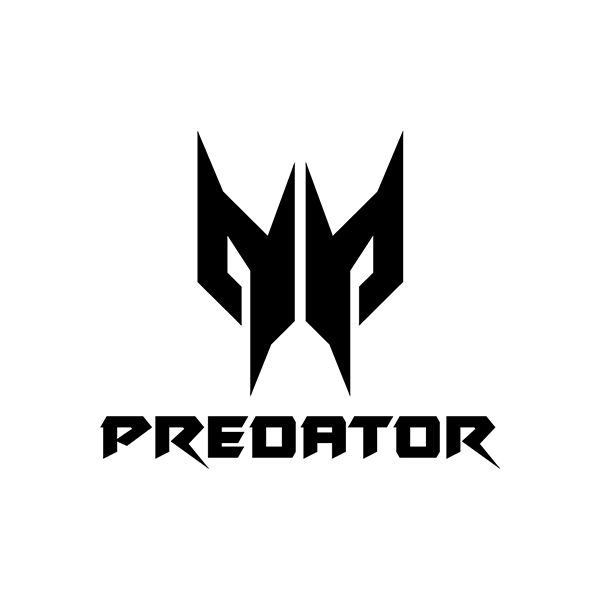
Nintendo is no stranger to lawsuits, but its legal battle with Palworld developer Pocketpair may be one of the most important cases in gaming today. This isn’t just about one game looking too much like Pokémon. It’s about patents, power, and the future of indie developers. As the lawsuit drags on, fans and industry experts are closely watching to see what it means for the games we play and the companies that create them.
What is Palworld and who created it?

Palworld is an open-world survival game developed by Japanese indie studio Pocketpair. The game launched in Early Access on January 19, 2024, and quickly became a massive hit. Players can explore, craft, and collect creatures called Pals. These Pals can fight, build, work in factories, and even wield guns. The game drew instant attention for its similarities to Pokémon, but it offered a darker and more chaotic twist.
In its first six days, Palworld sold over 8 million copies and reached 25 million players within a month. It topped charts on Steam and Xbox, setting player count records for an indie title. Despite its popularity, the game also sparked controversy over how closely it resembled Pokémon. That controversy eventually became the basis for Nintendo's legal action.
The Pocketpair vs Nintendo Lawsuit – how did it start?
In January 2024, just days after Palworld’s explosive Early Access launch, The Pokémon Company released a rare public statement. Without naming the game directly, the company said it had “not granted any permission for the use of Pokémon intellectual property or assets” and was “investigating unauthorized use.” This was widely understood to be aimed at Palworld, and it marked the beginning of a growing legal storm.
On September 19, 2024, Nintendo and The Pokémon Company officially filed a lawsuit in Japan against Pocketpair. However, they didn’t pursue the case through copyright or trademark law. Instead, they targeted the game through patent claims, accusing Pocketpair of infringing on three specific patents related to gameplay mechanics.
What made this unusual was the timing. All three patents were filed after Palworld had already been released. Nintendo based these new filings on a broader “parent” patent from 2021, but the timing and content of the divisional patents led many to believe Nintendo was reacting directly to Palworld’s success.
Why is Nintendo Suing Pocketpair and on what grounds?
Nintendo’s lawsuit claims that Palworld violates three patents tied to familiar monster-catching mechanics. The patents cover features like using a capsule-style item to catch or summon creatures, targeting those items during gameplay, and riding creatures through the game world. While Palworld uses its own terms, like “Pal Spheres” instead of Poké Balls, the similarities in function are at the center of Nintendo’s case.
What makes this situation even more complex is the legal tactic Nintendo is using. The patents in question were not part of the original Pokémon games. Instead, they were filed in 2024, after Palworld became a hit, as divisional patents of a broader 2021 submission. By doing this, Nintendo could tie new claims to an older filing while targeting Palworld’s specific features.
Pocketpair responded by saying it had not been made aware of the exact patents at first. It wasn’t until November 2024 that the studio learned what it was being accused of. And as more details came out, many in the gaming community began to question whether Nintendo was using the patent system to block competition rather than to protect original inventions.
However, one of the patents in this “monster capture” family has already been rejected by the Japan Patent Office (JPO) for lacking originality. The examiner ruled that the patent showed no inventive step and cited several older titles (including ARK: Survival Evolved, Monster Hunter 4, and Craftopia) as prior art. Because this rejected patent sits between two of the patents currently being asserted in court, it raises questions about the validity of Nintendo’s remaining claims. The decision also supports Pocketpair’s argument that Palworld builds upon long-established gameplay mechanics rather than infringing on unique Nintendo inventions.
How has the lawsuit impacted Pocketpair and Palworld?
Since the lawsuit began, Pocketpair has made several changes to Palworld that directly affect gameplay. In November 2024, the studio released a patch that removed the ability to summon Pals by throwing a Pal Sphere. Instead of launching a ball, Pals now appear beside the player when summoned. This change was widely seen as a response to Nintendo’s legal claims.
Another major update came in May 2025, when Pocketpair altered how gliding works. Before the patch, players could summon a flying Pal mid-air to catch them and glide to safety. After the update, players were required to equip a separate glider item, and Pals now only provide passive buffs to support the glide. These design changes weakened some of the game's charm and added friction to movement and combat flow.
Pocketpair openly acknowledged that these changes were made because of the ongoing legal battle. The studio said it was disappointed but had to make adjustments to avoid further disruptions to development and distribution. Legal experts confirmed that these updates are part of a standard legal strategy: deny infringement, challenge the validity of the patents, and redesign the product to avoid further risk.
Despite the setbacks, Pocketpair is still moving forward. The company plans to release version 1.0 of Palworld in 2026 and has continued updating the game with new content. But the lawsuit has clearly slowed momentum and limited the studio’s ability to communicate freely with fans.
What do gamers think of this?
Reactions to the lawsuit have been split, but the gaming community has largely rallied behind Pocketpair. Many players see Palworld as a bold and creative twist on the monster-catching genre, one that finally pushes the boundaries fans feel Pokémon has ignored for years. They argue that while the game takes inspiration from Pokémon, it builds on those ideas in new and interesting ways, and that alone shouldn’t be grounds for a lawsuit.
Others believe Nintendo’s legal approach is too aggressive. The fact that the patents were filed after Palworld’s release raised concerns that Nintendo was trying to shut down a competitor rather than protect genuine innovation. The use of divisional patents, vague wording, and even midcase rewrites has led some to accuse the company of acting like a patent troll.
Still, not all fans are sympathetic to Pocketpair. A portion of the community feels that Palworld borrows too heavily from Pokémon and should have expected legal trouble. Online debates often center on how much inspiration is acceptable and whether Palworld crosses the line.
Regardless of where people stand, most agree on one thing, the outcome of this case could set a precedent for how large publishers use patents in the future. And for many indie developers, that’s a worrying thought.
Who will win?

It's sort of too early to make that call, but the momentum is indeed shifting in Palworld's favor. The Japan Patent Office’s rejection of one of Nintendo’s related patents already casts doubt on the company’s broader legal argument that Palworld copied truly original ideas.
Nintendo still has deep pockets, experienced legal teams, and a long track record of protecting its intellectual property. Pocketpair, on the other hand, is a small indie studio with limited resources but strong public support and a growing body of evidence that many of Nintendo’s patents may not hold up under scrutiny.
Legal experts have pointed out that several of Nintendo’s divisional patents depend on vague or non-inventive claims. If Pocketpair can continue to demonstrate prior art or have additional patents invalidated, the case could set a powerful precedent for the entire gaming industry. A victory for Pocketpair would not only secure its future but could also limit how aggressively large publishers use patents to control competition and innovation.
If Pocketpair wins in Japan, it could also reshape the global conversation. The Japanese ruling wouldn’t automatically apply in the United States, since patent systems operate independently. However, it would serve as persuasive evidence. U.S. courts often take note of foreign rulings when they involve the same patent family or similar claims. With the U.S. Patent and Trademark Office already rejecting most of Nintendo’s related filings for lacking inventiveness, a Japanese win would further weaken Nintendo’s credibility abroad.
Realistically, Pocketpair’s biggest challenge would be financial, not legal. Fighting a U.S. patent case can cost millions and take years to resolve. But if the Japanese courts and patent office both side with Pocketpair, Nintendo may decide that pursuing the fight elsewhere simply isn’t worth the risk or backlash. A win in Japan could therefore become a global turning point, not only for Palworld but for how far big publishers can go in using patents to suppress innovation in gaming.
Recommended Products

Predator Helios 18 AI (RTX 5080)
Buy Now |

Predator Helios Neo 16 AI (RTX 5070Ti)
Buy Now |

Predator Triton 14 AI (RTX 5070)
Buy Now |
|---|








